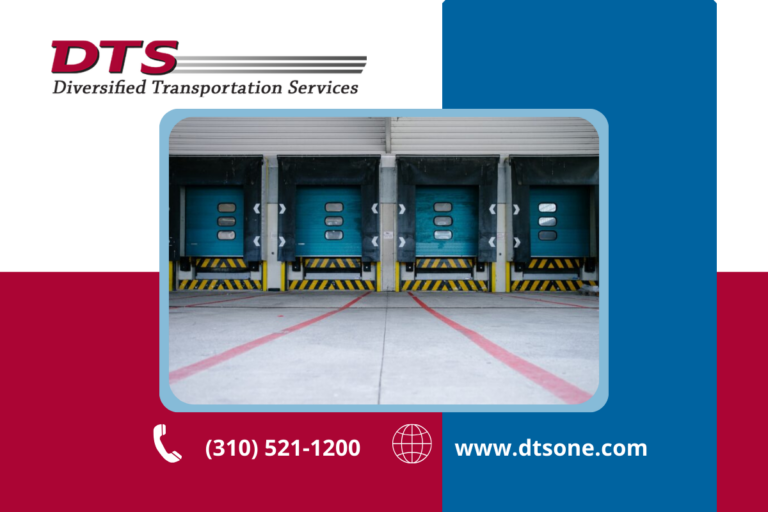
Freight terminology can be frightening, daunting, and exhausting—especially for many newcomers who are unfamiliar with all the ins and outs of third-party logistics. To make matters worse, the industry is littered with acronyms that muddle the user experience. As we’re sure you’re well aware by now, talking about freight (or even thinking about it) in a meaningful way is quite difficult because there are so many different terms to keep track of. To help you out, we’ve compiled a list of seven common shipping acronyms, and we even go into a little bit of detail on what each means.
In short, this is how you’ll manage your freight and interact with carriers. There are different types of TMS out there, and many companies do things a bit differently. At DTS, for example, we have a state-of-the-art TMS that keeps track of everything in an easy-to-read interface—all in one place. We make booking, scheduling, and tracking nice and simple. You’ll even have immediate access to important shipping documents—all right at your fingertips.
For better or worse, the price of fuel fluctuates, and there are a lot of factors that influence its price. As such, your carrier will determine a fee that accounts for such variables as the region and the distance traveled. This fee is your FSC, or fuel surcharge. Pretty simple, right? Although the guiding principle is more or less the same, many companies calculate FSC a bit differently, so it’s important to understand the calculations your provider makes and why they make those calculations. Doing a bit of research on your own can help you negotiate, and it will also help you understand how your money is spent. Understanding FSC (and how you’re charged) will help you make financially responsible decisions when it comes to shipping your freight.
DAP, or Delivered At Place, is a term that comes into play during international shipping. It means that the seller is expected to pay any costs and fees (including those incurred from loss and theft)—but only to a certain point or destination. Any additional expenses, such as import taxes and additional transportation costs, are the buyer’s responsibility. If you plan to ship freight internationally, ask your 3PL provider about their DAP fees and processes.
To make everyone’s lives just a little bit easier, the NMFC standardizes pricing within different freight classes. The classes themselves range from 50 to 500. As described by NMFTA, “Commodities are grouped into one of 18 classes
This is easily one of the most important shipping acronyms to know. Proof of delivery informs everyone that the shipment is delivered. Among other pertinent information, PODs typically contain shipping details, a list of delivery contents, and the time of delivery. PODs protect everyone involved in the shipping process, so it’s important that you’re issued one and cover yourself if you don’t. It’s very likely that you’ll receive either a physical or digital POD (or both), so ask your provider which method they use.
POD documents vary from company to company (and industry to industry), but some common information includes:
TL stands for truckload. TL is interchangeable with FTL (Full Truckload). But what exactly is a truckload? A truckload is exactly what it sounds like a full truck. A full truckload is full of your product and your product alone. Conversely, LTL (Less Than Truckload) means a truck is full, but with shipments from different companies. There are many differences between FTL and LTL shipping, so make sure you’re using the one that best accommodates your needs.
In short, a bill of lading is a receipt that details everything about your order. Although you might mistake your POD for a BOL, the two share noticeable differences despite their similarities. While BOLs can be different between companies, they typically contain some or all of the following:
Don’t let freight terminology slow you down or hold your freight back. While it might not seem like it at first, understanding even the most common shipping acronyms will benefit you in the long run. The more familiar you are with industry terminology, the easier communication becomes. Communication is a must in any relationship, and the relationship you have with your 3PL provider is no different. You don’t need to understand everything completely, but a rudimentary or cursory understanding will benefit everyone involved.
At DTS, we believe in open and honest communication because we believe in the power of transparency. We want to give you as much power as possible and to do that, we want to keep you as informed as possible. If you have any questions about the terminology we use, or if you need something clarified, don’t be afraid to contact us.
Whether you're a company looking to improve one facet of your supply chain, your entire supply chain, or simply looking for a transportation and logistics consultation, we can help.